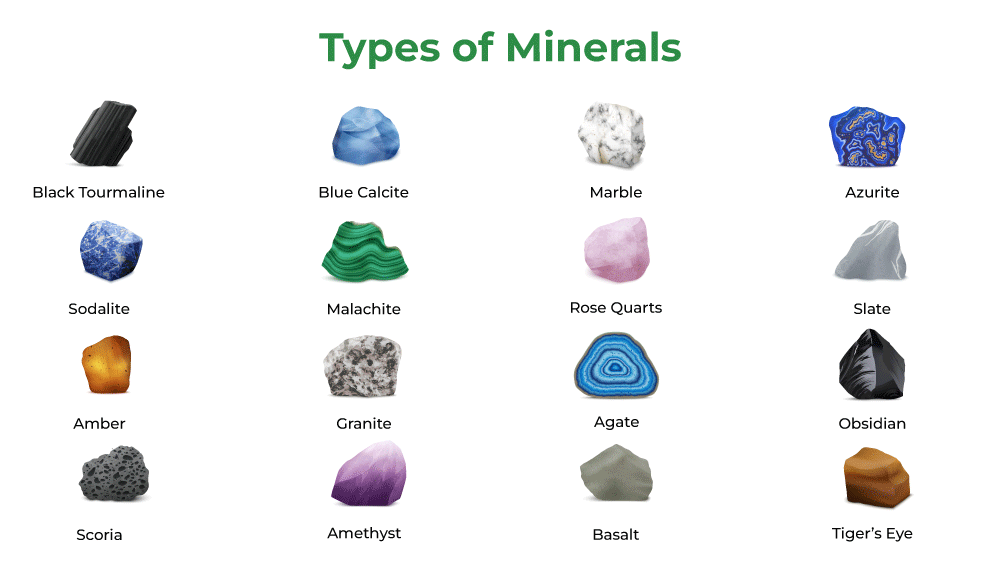Are Industrial Minerals Metallic Minerals?

There’s a common misconception that industrial minerals are metallic minerals — but the truth is, they are quite different. While both play essential roles in industry and manufacturing, understanding the distinction is key to appreciating their unique applications and value.
Let’s break it down.
🧪 What Are Industrial Minerals?
Industrial minerals are naturally occurring, non-metallic minerals used in various industrial applications. They are typically valued for their physical and chemical properties rather than for their metallic content or ability to be smelted for metal extraction.
Common examples include:
- Silica sand
- Kaolin (clay)
- Calcium carbonate (limestone)
- Barite
- Talc
- Feldspar
These minerals are used in products such as:
- Glass and ceramics
- Paints and coatings
- Construction materials (cement, concrete)
- Plastics and rubber
- Agriculture (soil amendments)
- Paper and textiles

⛏️ What Are Metallic Minerals?
Metallic minerals , on the other hand, contain metal elements in their raw form and are typically mined for the extraction of metals like:
- Iron (from hematite, magnetite)
- Copper (from chalcopyrite)
- Aluminum (from bauxite)
- Gold, silver, zinc, and lead
These minerals are usually processed through smelting or refining to extract the pure metal, which is then used in construction, electronics, automotive, and aerospace industries.

📌 Key Differences
| Type | Non-metallic | Metallic |
| Primary Use | Physical/chemical properties | Metal extraction |
| Examples | Limestone, kaolin, silica sand | Hematite, galena, chalcopyrite |
| Processing | Crushed, ground, or purified | Smelted or refined |
| End Products | Construction materials, paints, plastics | Steel, wiring, electronics |

❓ Frequently Asked Questions
Q: Are industrial minerals the same as metallic minerals?
A: No. Industrial minerals are non-metallic and used for their chemical or physical properties, while metallic minerals contain metals that are extracted for industrial use.
Q: Can industrial minerals contain traces of metals?
A: Yes, some industrial minerals may contain small amounts of metals, but they are not mined or used primarily for metal extraction.
Q: Why is the distinction between industrial and metallic minerals important?
A: It helps in understanding their applications, processing methods, and environmental impact — especially in mining, manufacturing, and regulatory compliance.
Final Thoughts
While both industrial minerals and metallic minerals are vital to modern society, they serve very different purposes. Industrial minerals are non-metallic and used for their functional properties , not for extracting metals.
Understanding this distinction helps industries source the right materials, supports better policy-making, and improves environmental management in mining and production.

